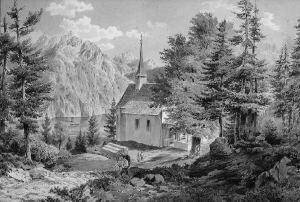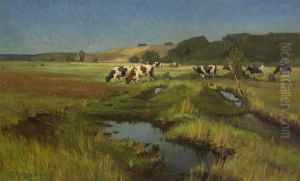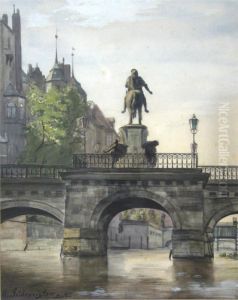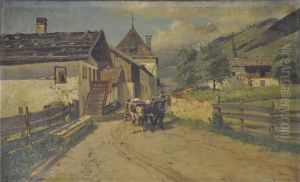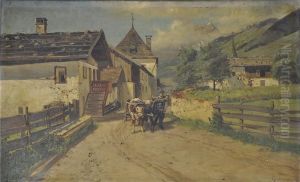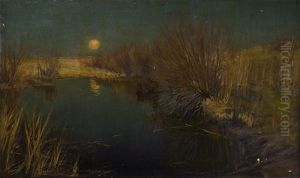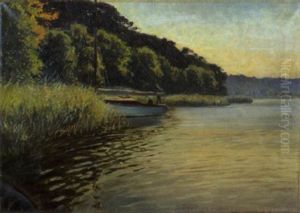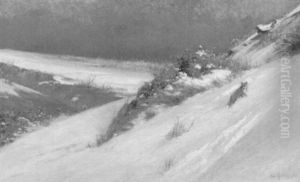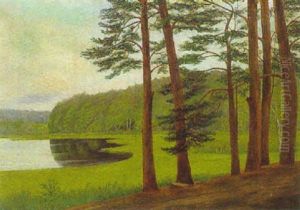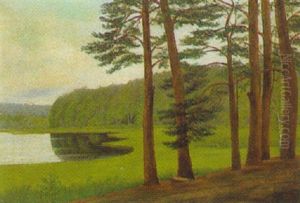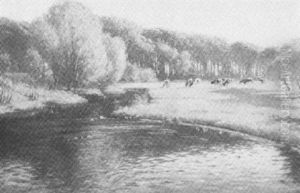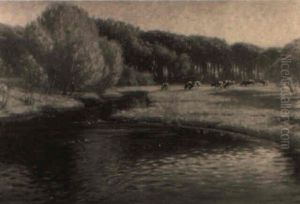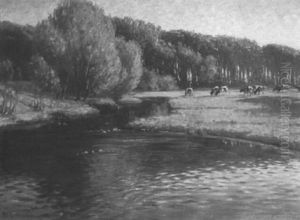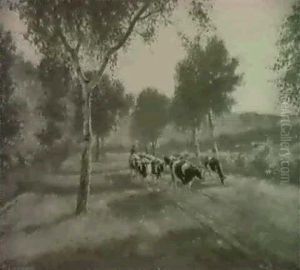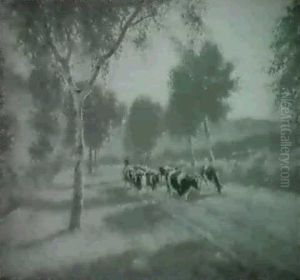Max Gildemeister Paintings
Max Gildemeister was a German artist and etcher born on June 4, 1849, in Bremen, Germany. His artistic journey began in the backdrop of the 19th century, a period that was witnessing rapid transformations in art with the emergence of various movements such as Impressionism, Realism, and later, Modernism. Gildemeister, however, carved a niche for himself through his dedication to etching, a form of printmaking that was highly popular during the Renaissance and had seen a revival in the 19th century among artists who were interested in capturing intricate details and achieving a wide range of tonal effects.
Gildemeister's education and training in art took him to several key artistic centers across Europe. He studied at the Kunstakademie Düsseldorf, one of Germany's foremost art schools, where he honed his skills and absorbed the influences of the Düsseldorf school of painting, known for its detailed landscape and genre paintings. His quest for artistic mastery further led him to Munich and Paris, cities that were vibrant with artistic innovation and where he was exposed to a broader spectrum of artistic styles and techniques. These experiences enriched Gildemeister's artistic vocabulary, allowing him to develop a distinctive style that synthesized traditional etching techniques with the nuanced observation of modern life.
Throughout his career, Gildemeister remained committed to etching, exploring its potential to convey both the beauty of the natural world and the bustling life of urban environments. His works are characterized by their meticulous attention to detail, a testament to his mastery over the etching needle, and a deep sensitivity to the interplay of light and shadow. Gildemeister's etchings often depict scenes of his native Germany, from its serene landscapes to the architectural splendor of its cities, capturing the spirit of the places with a romantic yet realistic touch.
Max Gildemeister's contributions to art were recognized in his time, and he became a respected figure in the circles of German printmaking. His works were exhibited widely, both in Germany and internationally, allowing his etchings to reach a broad audience. Despite the shifting trends in art towards more abstract and non-representational forms in the early 20th century, Gildemeister's dedication to the traditional art of etching ensured that his work remained relevant and appreciated.
Gildemeister passed away on December 20, 1934, in Bremen, leaving behind a legacy that continues to be admired by art historians and collectors alike. His etchings serve as a valuable document of his era, offering insights into the landscapes and cityscapes of 19th and early 20th century Germany, as well as the technical and aesthetic possibilities of etching as an art form. Max Gildemeister's life and work embody the enduring appeal of etching and its capacity to capture the world with a blend of precision and poetry.
